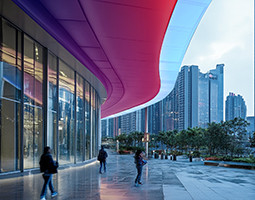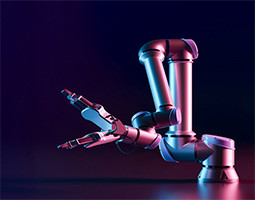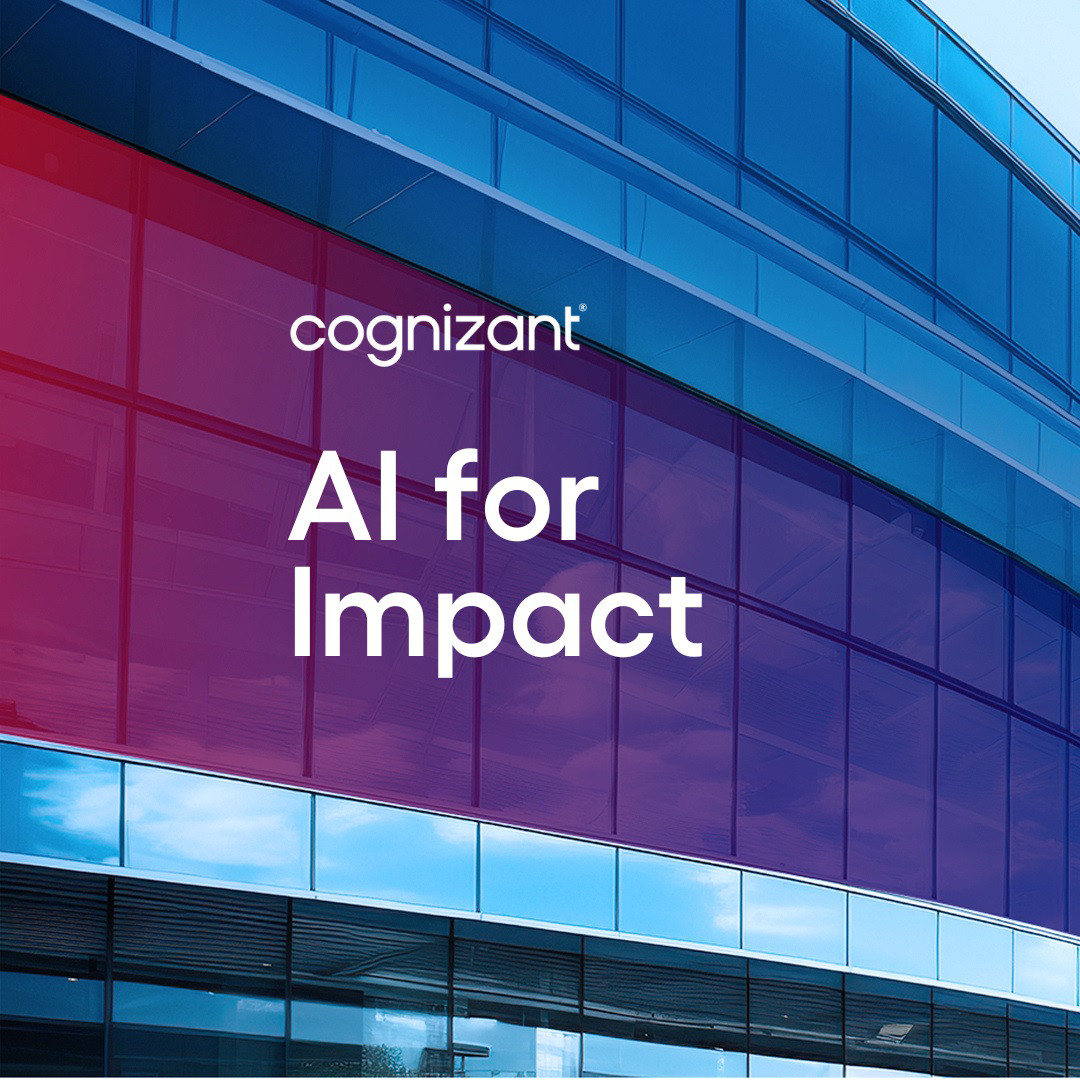To better understand the impact of IoT adoption on business performance, we recently surveyed 4,000 C-level executives across 14 industries around the world. A number of key themes emerged from our research and analysis:
IoT has market momentum. With 43% of respondents citing some level of IoT implementation, IoT is the most pervasively implemented digital technology, beyond analytics, artificial intelligence (AI) and automation. Other research points to a continued, increasing investment into this foundational technology for driving scaled business processes and product strategies.
IoT adoption is generating a story of haves and have-nots. Respondents with live IoT implementations appear to have fared better during the pandemic than those with IoT pilots or no plans to implement IoT. The former report being more responsive and more resilient as the pandemic challenged their operations and business models. These respondents were also further along in virtually every measurable performance area, including business process augmentation, outcomes and value chain design.
Manufacturers are top adopters but lag in other ways. More than half of respondents from manufacturing-intensive industries have a live IoT implementation in place, and are now eyeing a more expansive, global approach to business operations and network design, post-pandemic.
Still, when seen as a group, these companies lag behind IoT leaders and are more closely aligned with IoT laggards (as defined in our study) when it comes to adopting the companion digital technologies necessary to building “smart factories.”
Coupling IoT with AI/ML drives better decisioning. With billions of sensors and devices generating zettabytes of data through IoT systems, perhaps a better measure of IoT prowess is how other digital technologies – namely AI and machine learning – are being used to turn big data into smart, actionable data. For example, IoT leaders have adopted machine learning at a 30% higher level than laggards; leaders also show no signs of letting up, with expected 35%-plus growth in machine-learning adoption by 2023.
Bring employees on the digital journey. While organizations are generally bullish on IoT and digital migration, executives need to be mindful of the implications of IoT pervasiveness on employees. IoT leaders were more apt to report employees feeling overwhelmed and stressed from always being “on.” Process augmentation requires employee participation, and employees have expressed concern about how all of this impacts them. While the long-term impact of IoT and other digital technology on jobs is unclear, half of the executives surveyed said their own concerns about the impacts of hyperconnectivity are real, which heightens the call for strong leadership as companies proceed with their digital migration.
Read the full study here and also visit our IoT section of the web.


















